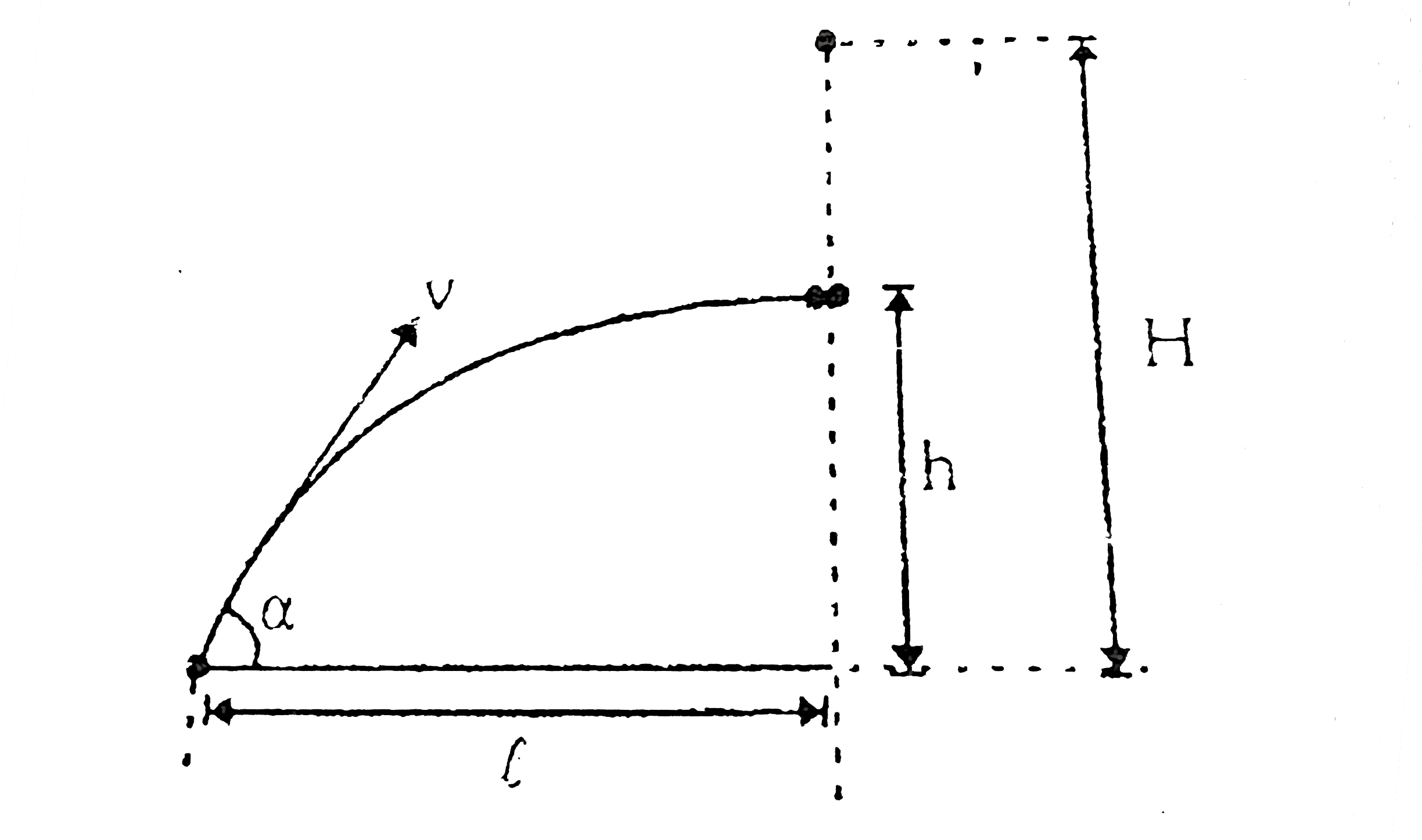A body falls freely from a height 'h' after two seconds if we assume that gravity disappears the body
continues to fall down with uniform velocity
falls down with acceleration
falls down & floats
falls down with declaration.
The correct Answer is:A
To solve the problem, we need to analyze the motion of a body falling freely from a height 'h' for 2 seconds, and then consider what happens when gravity disappears.
1. Understanding Free Fall:
- When a body falls freely under the influence of gravity, it accelerates downwards. The acceleration due to gravity (g) is approximately 9.81 m/s².
2. Velocity After 2 Seconds:
- The velocity (v) of the body after falling for 2 seconds can be calculated using the formula:
v=u+gt
where:
- u=0 (initial velocity, since it starts from rest),
- g=9.81m/s2 (acceleration due to gravity),
- t=2s.
- Substituting the values:
v=0+(9.81m/s2)(2s)=19.62m/s
3. Condition When Gravity Disappears:
- After 2 seconds, if we assume that gravity disappears, the body will no longer experience any acceleration. This means that the acceleration (a) becomes 0.
4. Motion After Gravity Disappears:
- When the gravitational force disappears, the body will continue to move with the velocity it had just before gravity disappeared. Since there is no acceleration acting on it, the velocity remains constant.
5. Conclusion:
- Therefore, the body will continue to fall down with uniform velocity after gravity disappears.
Final Answer:
The correct option is: It continues to fall down with uniform velocity.
---
- When a body falls freely under the influence of gravity, it accelerates downwards. The acceleration due to gravity (g) is approximately 9.81 m/s².
- The velocity (v) of the body after falling for 2 seconds can be calculated using the formula:
v=u+gt
where:
- u=0 (initial velocity, since it starts from rest),
- g=9.81m/s2 (acceleration due to gravity),
- t=2s.
- Substituting the values:
v=0+(9.81m/s2)(2s)=19.62m/s
- After 2 seconds, if we assume that gravity disappears, the body will no longer experience any acceleration. This means that the acceleration (a) becomes 0.
- When the gravitational force disappears, the body will continue to move with the velocity it had just before gravity disappeared. Since there is no acceleration acting on it, the velocity remains constant.
- Therefore, the body will continue to fall down with uniform velocity after gravity disappears.
The correct option is: It continues to fall down with uniform velocity.
Topper's Solved these Questions
- MOTION IN A STRAIGHT LINE BOOK - AAKASH SERIESCHAPTER - MOTION IN A STRAIGHT LINE EXERCISE - EXERCISE -II
80 Videos
- MOTION IN A STRAIGHT LINE BOOK - AAKASH SERIESCHAPTER - MOTION IN A STRAIGHT LINE EXERCISE - PRACTICE EXERCISE
58 Videos
- MOTION IN A STRAIGHT LINE BOOK - AAKASH SERIESCHAPTER - MOTION IN A STRAIGHT LINE EXERCISE - very Short answer type question
15 Videos
- MOTION IN A PLANEBOOK - AAKASH SERIESCHAPTER - MOTION IN A PLANEEXERCISE - QUESTION FOR DESCRIPTIVE ANSWER
7 Videos
- MOVING CHARGES AND MAGNETISMBOOK - AAKASH SERIESCHAPTER - MOVING CHARGES AND MAGNETISMEXERCISE - EXERCISE-III
49 Videos
Similar Questions
A body falls freely from a height 'h' after two seconds if accelaration due to gravity is reversed the body
View SolutionA body falls freely from a height 'h' its average velocity when it reaches earth is
View SolutionA body falls freely from a height of 125m (g=10m/s2) after 2 sec gravity ceases to act Find the time taken by it to reach the ground?
View SolutionA body is projected up with a velocity 50ms−1 after one second if accelaration due to gravity disappears then body
View SolutionTwo bodies begin to fall freely from the same height but the second falls T second after the first. The time (after which the first body begins to fall) when the distance between the bodies equals L is
View SolutionA body is dropped from a height H. The time taken to cover second half of the journey is
View SolutionA body falls freely from the top of a tower. It covers 36% of the total height in the lkast second before striking the ground level. The height of the tower is
View SolutionA body falls freely from some altitude H. At the moment the first body starts falling another body is thrown from the earth's surface which collides with the first at an altitude h=H/2. The horizontal distance is l. Find the initial velocity and the angle at which it was thrown.

View SolutionA body falls freely from a certain height. Show graphically the relation between the distance fallen and square of time. How will you determine g from this graph ?
View SolutionA body is freely dropped from a height h above the ground. Find the ratio of distances fallen in first one second, first two seconds, first three second first two seconds, first three seconds, also find the rato of distances fallen in 1st second, in 2nd second, in 3rd
View Solution
